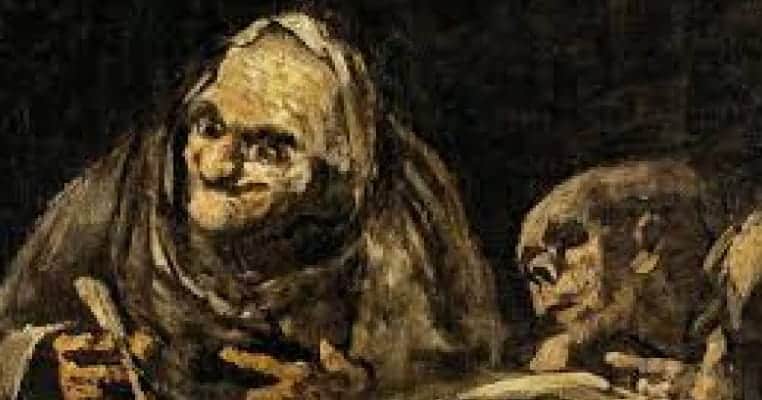Jesus of Nazareth frequently taught of the need to have one’s sins forgiven before God, and much of the religion that bears his name concerns itself with the issue of how one can be forgiven. Of particular concern to the church, mainly as it grew and gained power over people and the culture, was of what the fate was of people whose sins had been forgiven for the most part, but who may have had unconfessed sins before they died. Several ideas, each more bizarre than the one before, emerged as to how to deal with this particular predicament.
The idea of purgatory developed as an intermediary place for people whose sins were forgiven but were not yet able to enter heaven, possibly because they had unconfessed sin before death. In the Middle Ages, before the Protestant Reformation, the practice of buying and selling indulgences was a means for the church to make money by essentially selling forgiveness. If someone had already died and was waiting in purgatory, you could buy an indulgence to get them to heaven more quickly. In some areas, particularly those with a strong Celtic, pagan background (notably Scotland and Wales), the idea of sin eating developed, possibly as a fusion between pagan culture and Christianity.

The idea of sin eating was simple: someone was hired to “eat” another person’s sins. As a person lay dying, someone would place a piece of bread on his or her chest, which would “absorb” that person’s sins. However, where would that person’s sins go to after that? After all, bread only lasts for a few days at best. A local pariah, known as the sin eater, would come and eat the piece of bread, thereby “eating” the deceased person’s sin. The person who died would go to heaven, and the sin eater would get paid for his or her services.
Essentially, the sin eater traded his or her own soul in exchange for the bit of money earned by sin eating. He or she would absorb the sins of so many people that eternal damnation was assured. This concept was not the only example during the Middle Ages and beyond of people who traded their souls for material gain; the Faustian legend is about a man who sold his soul to the devil for another year of life on earth. Witches were believed to sell their souls to the devil in exchange for magical powers. What set the sin eater’s exchange apart was that he or she was able to allow another person to enter heaven.

Today, anthropologists view the practice of sin eating as an aspect of magic that protected other people from harm. One might expect that they were respected for safeguarding people’s loved ones from damnation. Far from being appreciated for the valuable service that they gave to the community, however, sin eaters were believed to be defiled with the sins that they consumed. They didn’t merely absolve the deceased of their sins but actually absorbed them, effectively becoming sin on behalf of the community. On top of being outcasts in the next life, they were outcasts in this one, as well. It was not a pleasant job.

